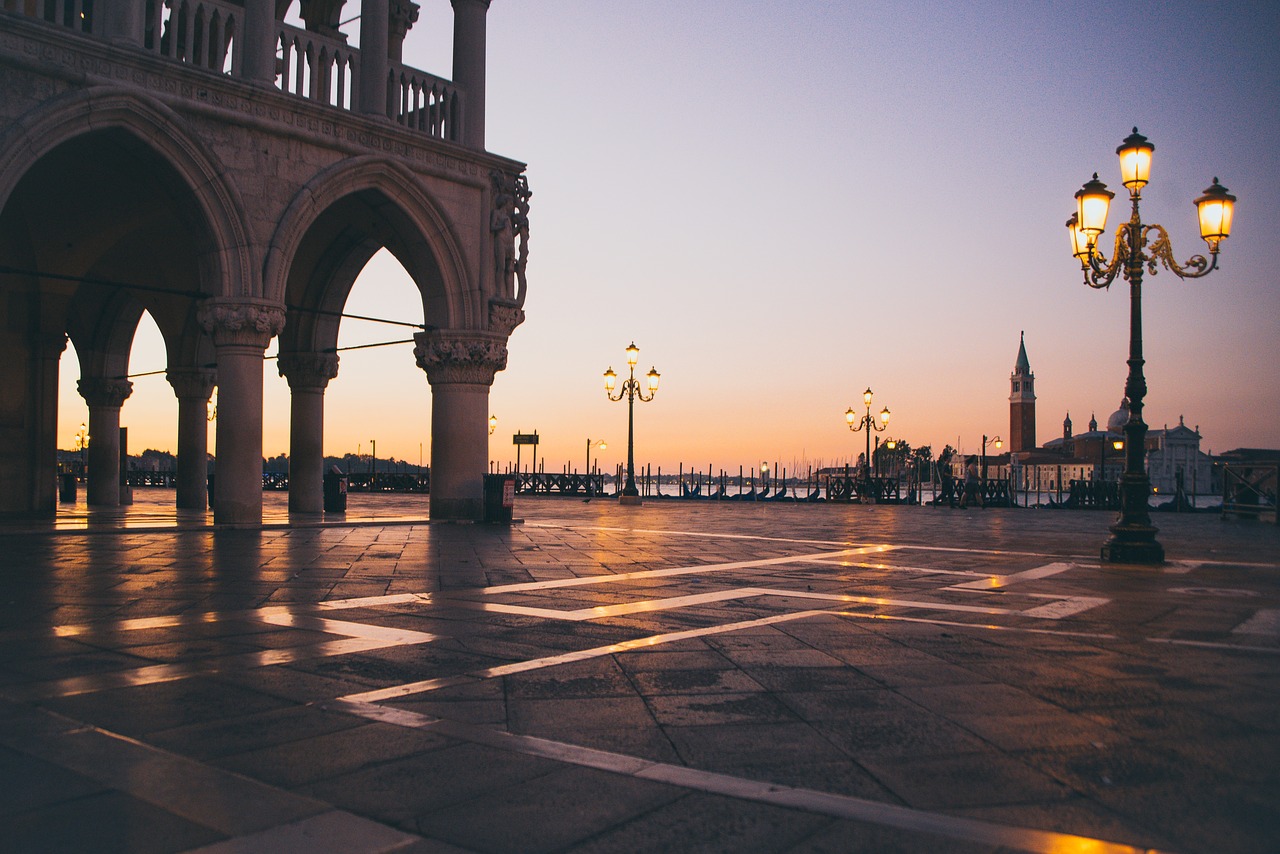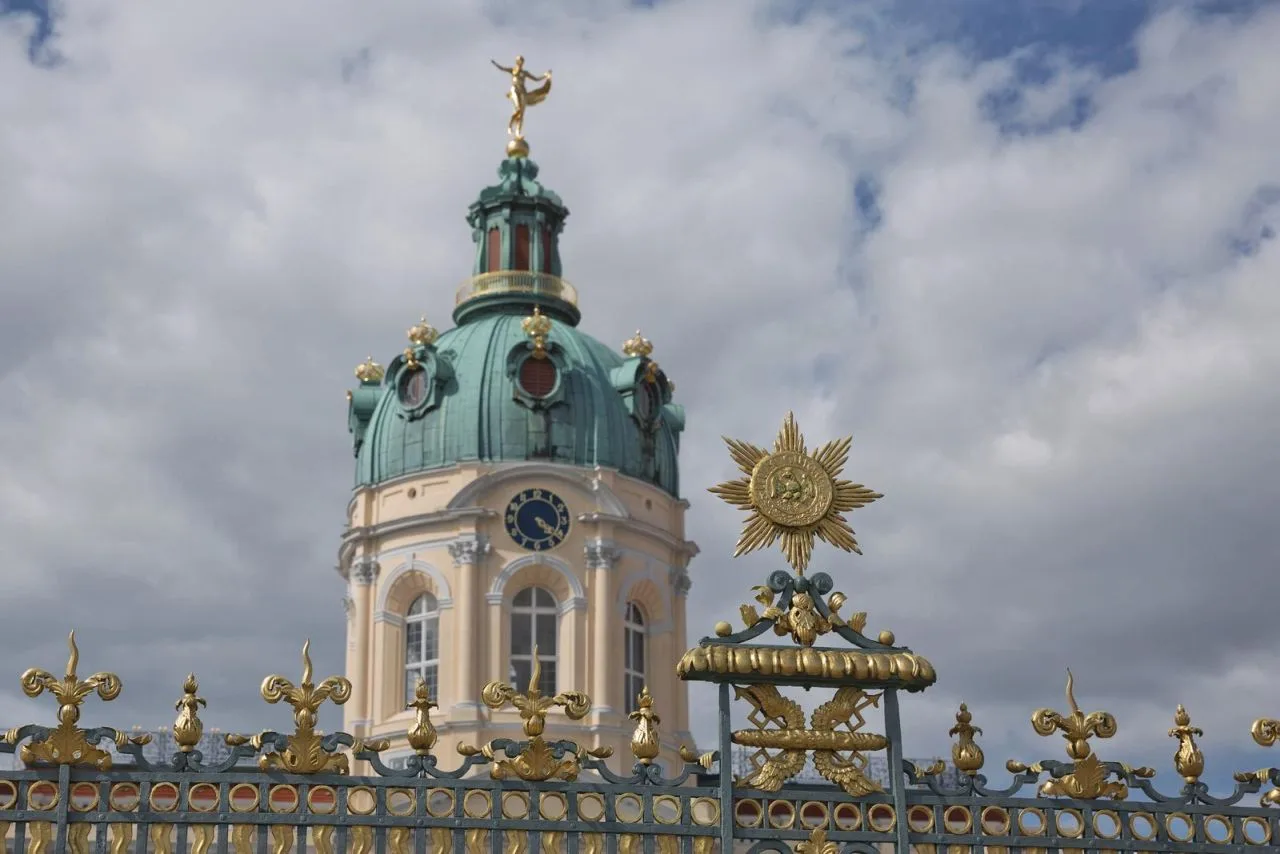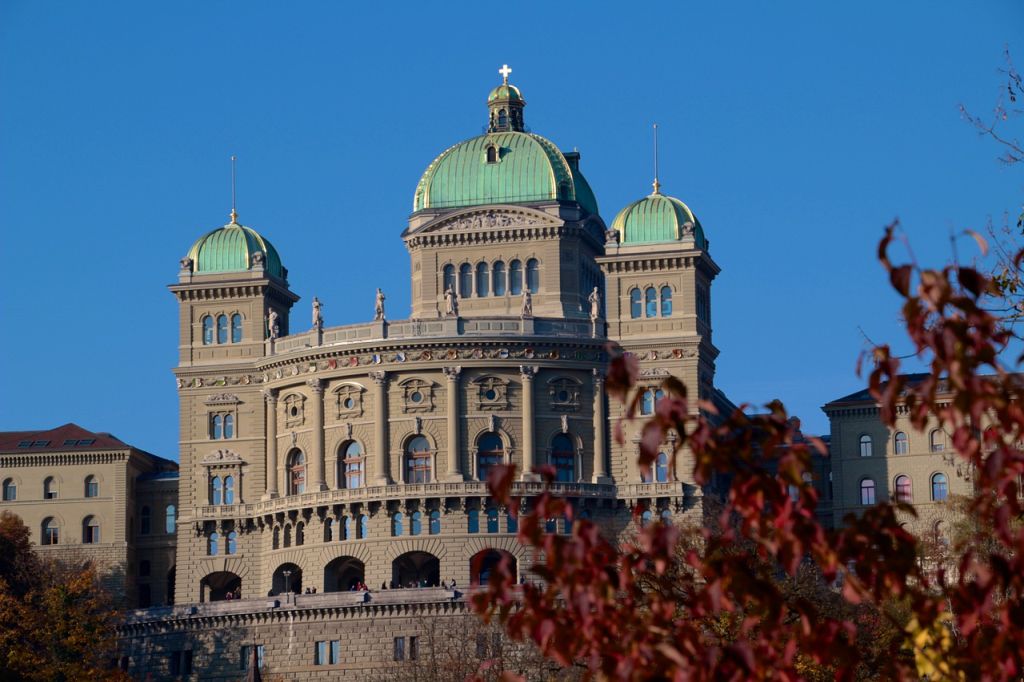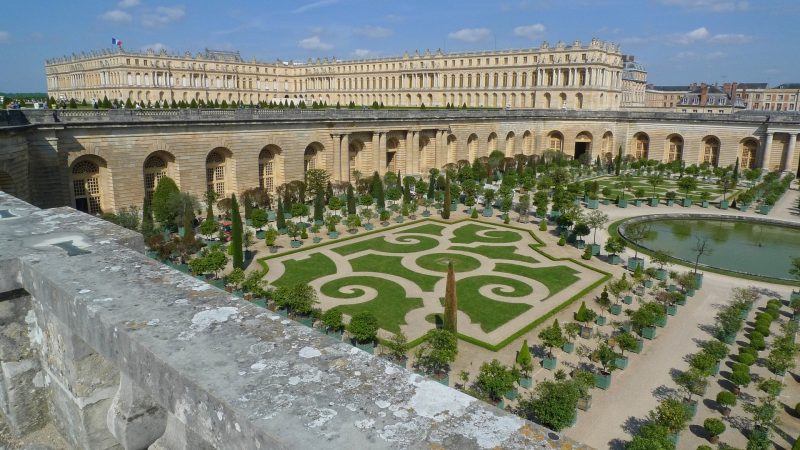St. Mark’s Square
Address
St. Mark's Square, Venice
GPS
45.4342591, 12.338508894499
St. Mark’s Square (Piazza San Marco) is the main public square of Venice with many landmarks. It is favorite tourist hangout and photo opportunity area and great starting point to explore Venice.
Quick facts
- Name: St. Mark’s Square
- Location: Venice, Italy
- Building started: 819
- Type of attraction: Architectural/Square
- Ticket price: Free
This is the only square in Venice that is called piazza, all the rest are called campo. There is a smaller square in extension of the southeast side – Piazzetta.
St. Mark’s Square is one of the most famous and most beautiful squares in the world.
The square is filled with attractions: St. Mark’s Basilica, St. Mark’s Clock tower (Torre dell’Orologio), St Mark’s Campanile (bell tower), Museo Correr, National Archaeological Museum Venice, Doge’s Palace, Biblioteca Nazionale Marciana and several more. So, plan to spend several days if you want to explore them all.
St Mark’s Basilica occupies the eastern half of the square, which is under its control. The method of going around the piazza described in this article begins by making a perambulation that begins from the west front of the church, facing the length of the piazza, and proceeds to the right.
However, the piazza, originally known as the Piazza San Giovanni, is today known as the Piazza dei Leoncini. On the north side of the church, it is named after the two marble lions given to the city by Doge Alvise Mocenigo in 1722. It is also known as the Piazza San Giovanni XXIII. On the east side, next to the Basilica, is the Neo-Classical Palazzo Patriarcale, the seat of the Patriarch of Venice.
Beyond that, there is St Mark’s Clocktower (Torre dell’Orologio), which was built in 1499, above a tall arch. The street that goes through the shopping streets and which is also known as the Merceria (one of the major thoroughfares of the city) enters the Rialto, the commercial and financial center. To the right of the clock tower is the closed church of San Basso, designed by Baldassarre Longhena (1675), which is open for exhibitions from time to time.
Piazza Antonio Gaspari was paved with bricks laid in a herringbone pattern, built between the late 12th and early 13th centuries. It is also possible to see bands of light-colored stone running parallel to the long axis of the main piazza.
These lines may have been used in the setup of market stalls and in the formation of frequent ceremonial processions. As was documented in paintings from the late Middle Ages and the Renaissance, such as Gentile Bellini’s Procession in Piazza San Marco of 1496, the original design of the pavement is visible in paintings from this time period.
The older design of brick paving was completely replaced with a more intricate geometric pavement design devised by Venetian architect Andrea Tirali in 1723. As of yet, there is little known about Tirali’s rationale for the specific details of the design.
Other market-stall regulation patterns exist. Some have speculated that the pattern was used to regulate market stalls, or to recall their former presence in the square. Other observers speculate that the pattern may have been inspired by oriental rugs, a popular luxury good in this trading location.
Interesting facts about St. Mark’s Square
Here are some interesting facts about this amazing landmark:
- St. Mark’s Square is the only one that is called ‘piazza’, the other squares in Venice are called ‘piazzetta’ or ‘campo’.
- There are three flagpoles in the square, representing three kingdoms conquered by Venice: Cyprus, Crete and Peloponnese.
- The square is at the lowest point in Venice, so it gets flooded during high tide (‘acqua alta’).








